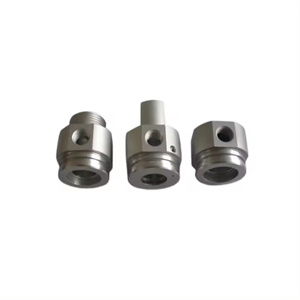There are some obvious differences between CNC Turning and CNC Milling in the machining process, mainly reflected in the following aspects:
Processing method: CNC Turning mainly removes materials from the workpiece by rotating the cutting part, in order to obtain the desired shape and size. CNC Milling, on the other hand, uses a rotating milling cutter to remove material from the workpiece. The milling cutter can move in different directions, including horizontal and vertical directions.
Workpiece fixation method: In CNC Turning, the workpiece is usually clamped on the spindle and rotates with the rotation of the spindle. The cutting tool performs feed motion relative to the workpiece to complete the machining. In CNC Milling, the workpiece is fixed on the machining table, and the milling cutter cuts through high-speed rotation and movement along different coordinate axes.
Machining object: CNC Turning is mainly used for machining rotationally symmetrical workpieces, such as shaft parts, disc parts, etc. CNC Milling is more suitable for processing workpieces with complex outer contours, such as planes, surfaces, grooves, etc.
Tools and fixtures: CNC Turning typically uses tools to process workpieces, and the selection and installation of tools have a significant impact on machining accuracy and efficiency. At the same time, the workpiece needs to be clamped on the spindle, so the design and manufacturing of the fixture are also very important. In CNC Milling, the milling cutter is
The selection of the shape and size of the main cutting tools has a significant impact on the machining quality. At the same time, the workpiece needs to be fixed on the machining table, so the design and manufacturing of the machining table also need to consider the fixation and positioning of the workpiece.
Processing efficiency: CNC Turning usually has higher processing efficiency because it mainly removes materials through rotary cutting. CNC milling, on the other hand, requires the movement and rotation of the milling cutter to remove materials, resulting in a relatively slow processing speed. However, CNC Milling has higher flexibility and accuracy in processing complex outer contours.
